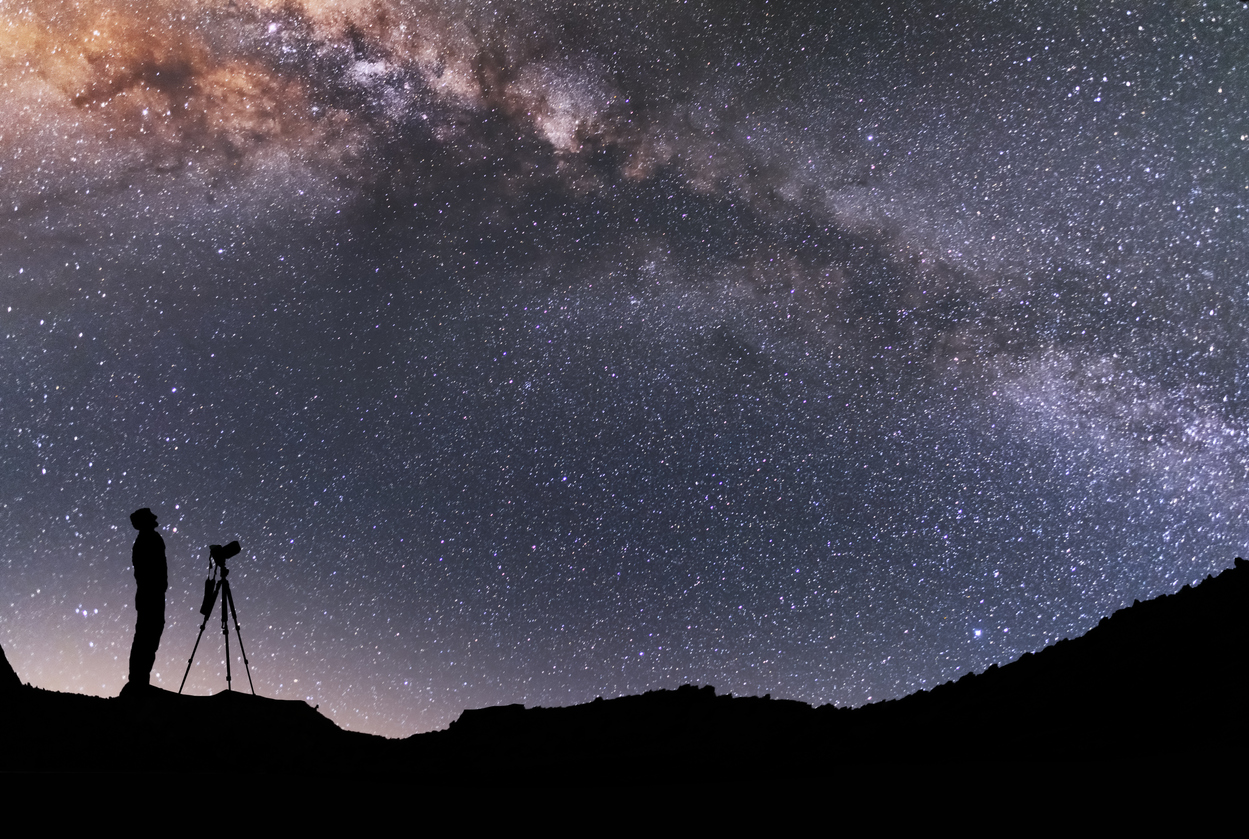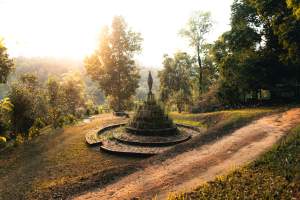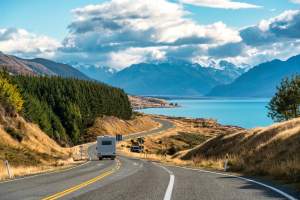
In a world flooded with artificial light, true darkness has become rare — and sacred. Most people don’t realize how much they’re missing until they finally step outside and look up, miles from the nearest streetlamp, and see the Milky Way stretch from one horizon to the other like a bridge made of fire.
This isn’t about apps or telescopes or Instagram. This is about awe — the kind that makes you feel wonderfully small. The kind that resets your mind in a single glance.
Stargazing in the world’s darkest places isn’t just a hobby. It’s a form of travel, a pilgrimage to the remaining patches of the planet where the night still has power. Here’s what it’s like — and where to go — to experience skies that still remember the stars.
Why Dark Skies Matter
Most people on Earth live under some degree of light pollution — even if they don’t realize it. In cities, only a handful of the brightest stars are visible. The Milky Way? Gone. Nebulae, constellations, planetary detail? Wiped out by orange halos of sodium vapor.
Dark sky areas aren’t just remote — they’re protected. Designated by groups like the International Dark-Sky Association (IDA), these are places where human impact is minimal and nighttime visibility is near pristine. For travelers, these zones offer something rare and increasingly urgent: an unfiltered view of the universe.
The Best Stargazing Destinations on Earth
Here’s where to go when you want the kind of night sky that reminds you you’re spinning on a rock in the middle of nowhere.
1. Aoraki Mackenzie, New Zealand
Located in the South Island’s Mackenzie Basin, this International Dark Sky Reserve is home to Mount Cook National Park and the Lake Tekapo region. On a clear night, the skies here are explosive — you’ll see the Magellanic Clouds, the Southern Cross, and maybe even the Aurora Australis.
The Mount John Observatory offers guided night tours and access to telescopes, but honestly, all you need is a sleeping bag and a field.
Why it stands out: Alpine silence, minimal light, and some of the most brilliant southern hemisphere viewing on Earth.
2. Atacama Desert, Chile
Atacama is one of the driest places on Earth, which means two things: no clouds and no humidity to distort the view. The Chilean Altiplano is so ideal for astronomy that some of the world’s most advanced observatories (like ALMA) are built here.
The town of San Pedro de Atacama is the perfect base for stargazing tours, and several local guides combine astrophysics with indigenous sky lore for a deeper experience.
Why it stands out: Altitude, low light, zero moisture — and a Milky Way so bright it casts shadows.
3. NamibRand Nature Reserve, Namibia
Africa might not be the first place you think of for stargazing, but Namibia should be. In the NamibRand Reserve, nights are so dark it feels like the stars are dripping from the sky. You’re surrounded by desert silence, with no cities or even small towns within hundreds of miles.
Stay at a desert eco-lodge or camp under the open sky. Either way, it’s you, the wind, and a galactic canopy that feels like a private show.
Why it stands out: Zero light pollution, otherworldly desert terrain, and surreal peace.
4. Jasper National Park, Canada
Located in Alberta’s Rockies, Jasper is a certified Dark Sky Preserve and hosts an annual Dark Sky Festival each October. Even in summer, the skies are clear enough to see satellites, star clusters, and meteor showers.
Because of its accessible location and good infrastructure, Jasper is one of the best spots in North America for stargazers who want wilderness without giving up warm beds and hot meals.
Why it stands out: Easy access, dark-sky protections, and mountain silhouettes under a star-drenched sky.
5. Mauna Kea, Hawaii (Big Island)
At nearly 14,000 feet above sea level, Mauna Kea offers one of the clearest, driest, and most stable viewing environments on the planet. The summit houses some of the world’s top observatories, but even the Mauna Kea Visitor Information Station — at 9,200 feet — delivers stunning stargazing for anyone willing to brave the thin air.
Dress warm. The tropics don’t apply at altitude, and nights here can be freezing.
Why it stands out: Altitude, isolation, and a 360-degree sky with minimal atmospheric distortion.
6. La Palma, Canary Islands (Spain)
La Palma has strict light pollution laws, which is why it’s home to the Roque de los Muchachos Observatory — and why it draws amateur astronomers from around the world. The volcanic island’s elevation and oceanic climate make it a stargazing hotspot year-round.
For travelers, this means dark sky hikes, guided telescope nights, and views of deep-sky objects with your naked eye.
Why it stands out: Astrotourism infrastructure and consistent clarity with European access.
7. Death Valley National Park, USA
Don’t let the name scare you — Death Valley comes alive at night. With certified dark sky status and wide, flat horizons, it’s one of the most dramatic stargazing locations in the U.S. Summer heat makes spring and fall the best times to visit.
Bonus: the desolate landscape amplifies the experience. When the sky lights up above badlands and salt flats, it feels almost Martian.
Why it stands out: Stark terrain + incredible skies = cosmic drama.
8. Kerry International Dark Sky Reserve, Ireland
Ireland might not scream “stargazing,” but the Iveragh Peninsula — home to the Ring of Kerry — offers some of the darkest skies in Europe. On clear nights, you can see the Andromeda Galaxy, Saturn’s rings, and meteor showers streaking overhead.
It’s a rare blend of cultural richness and deep sky — think ancient stone forts under infinite stars.
Why it stands out: Celtic mysticism meets cosmic wonder.
When to Go
- New moon weeks (the darker, the better)
- Dry seasons in each region
- Fall and winter for longer nights and better visibility
- Meteor showers like the Perseids (August), Geminids (December), or Quadrantids (January)
Avoid full moons — they wash out all but the brightest stars. And plan around cloud cover. Even dark sky reserves are useless under a thick sky.
What You’ll See (Naked Eye)
- The Milky Way — as a luminous band across the sky
- Planets — Jupiter, Saturn, Venus with visible glow or color
- Shooting stars — especially during showers
- Constellations — finally visible in full form
- Satellite trails — and sometimes the ISS, flying fast and bright
With binoculars or a telescope, that deepens: nebulae, star clusters, lunar craters, even the moons of Jupiter.
How to Prepare
- Dress for the cold. No matter where you are, nighttime stargazing gets chilly fast.
- Use red light. It preserves night vision while letting you see.
- Download star maps in advance. Apps like SkySafari or Stellarium work offline.
- Bring a blanket or sleeping bag. Laying back beats craning your neck for hours.
- Be patient. Let your eyes adjust for at least 20 minutes in darkness.
The Real Impact
Something happens when you look up into true darkness. The noise of life quiets down. The big questions surface. You stop thinking about notifications and start thinking about time, space, and your place in it all.
Stargazing in the world’s darkest places isn’t about escaping the world — it’s about remembering how big, strange, and beautiful it really is.







